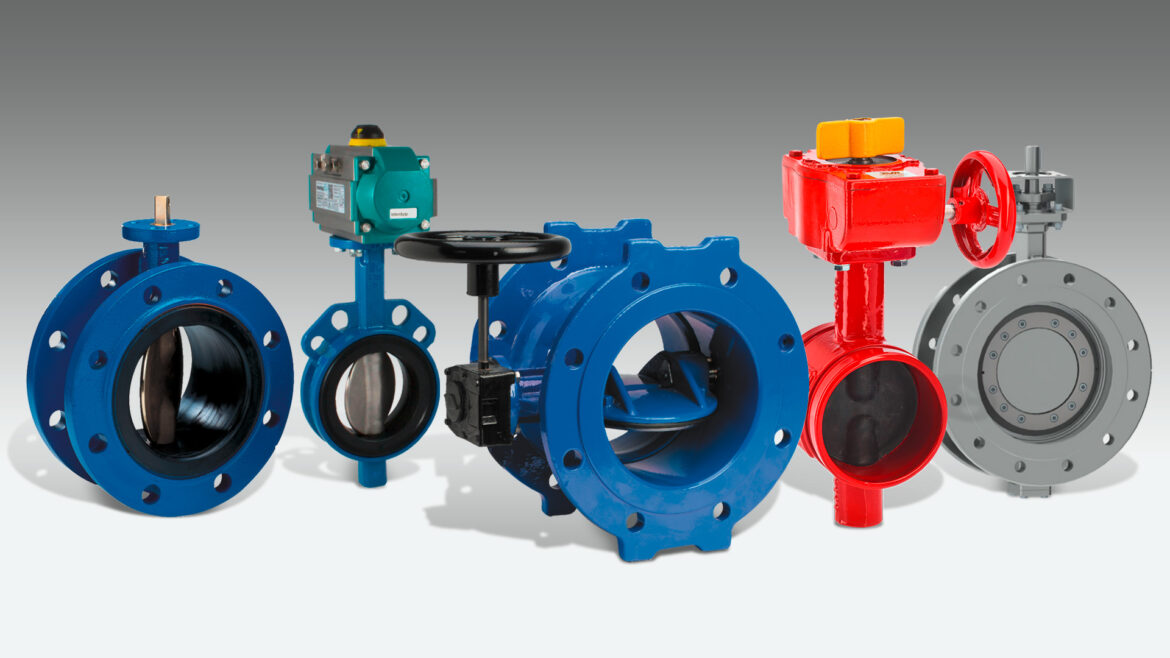Butterfly valves are a form of fraction rotating valves used to stop liquids in pipelines. They’re commonly discussed as a method of flow control. Many processing industries use a Butterfly Valve, such as water systems, gathering, transmitting, and pumping stations. They’re helpful in a variety of settings, including flow separation. They have two critical advantages over other valve variants: simple design and portability, resulting in lower weight and smaller finished products.
Explored below are the benefits, working principles and applications of butterfly valves for your knowledge:
Contents
Benefits Of Butterfly Variant Valves
Depending on their design, valves can offer significant benefits over traditional devices, particularly for diameters bigger than DN 299 (299 mm):
Swift Functioning:
Rotating the handle or actuation mechanism 92 ° entirely shuts or releases the valve. Oversized valves, on either hand, may require gear as an element of the force sensor, lowering the working torque and simplifying valves functioning at the expense of velocity. Due to their simple design, which uses fewer materials and is simpler to design and produce than other valves, these devices are typically one of the most valuable alternatives.
Ease of Use:
A valve may be employed in various settings, including underground ones. These can also be manually, electronically, or hydraulically operated. The quickest valves are pneumatic ones. Electrical valves require signalling from gearboxes to open or close, while pneumatic valves can be utilised alone or in tandem. Whenever the power goes off, a mono valve is frequently set up to need a signal to release a fallback, which means the valve closes fully. Dual pneumatic valves are still not spring-loaded and require signalling to shut and open.
Convenient & Affordable:
A Butterfly Valve is lightweight and compact with a short face-to-face size and a short assembly footprint. They conserve money by reducing operational costs, such as workforce, gear, and pipe support. They also take up less space than some other valve kinds. It’s due to their compact design, which takes up far less space than traditional valves. Aside from that, their operating and maintenance costs are modest due to an essentially basic, affordable design with few mechanical parts and minimal wearing points.
Butterfly Valves: Principles and Applications
The valve disc spinning controls the fluid flow, which is critical in manufacturing. When this type of valve is in an open mode, the disc locks the valve hole, and it is inclined parallel to the flow direction to enable. These valves are utilised for semi flow and stoppage, but they aren’t full-bore. Therefore they can’t be used for cooking or smearing. The body is built of castings with an epoxy powder finish on the inside and outside. Handwheels or hybrids are widely employed to operate valves depending on the purpose and mechanical factors.
They’re used in a wide range of scenarios. Both extensive irrigation and sludge operations benefit from them. The following are some of its most common uses:
- Moisture for cooling, gas, hydrocarbons, and firefighting, to name a few.
- Solutions such as slurry and other related activities.
- Vacuuming services.
As previously said, these valves offer several advantages, including little upkeep, rendering them a practical necessity for your job! They are thus used by many processing industries such as water systems, gathering, transmitting, and pumping stations. They’re helpful in a variety of settings, including flow separation.
Author Bio:
Alison Lurie is a farmer of words in the field of creativity. She is an experienced independent content writer with a demonstrated history of working in the writing and editing industry. She is a multi-niche content chef who loves cooking new things.

